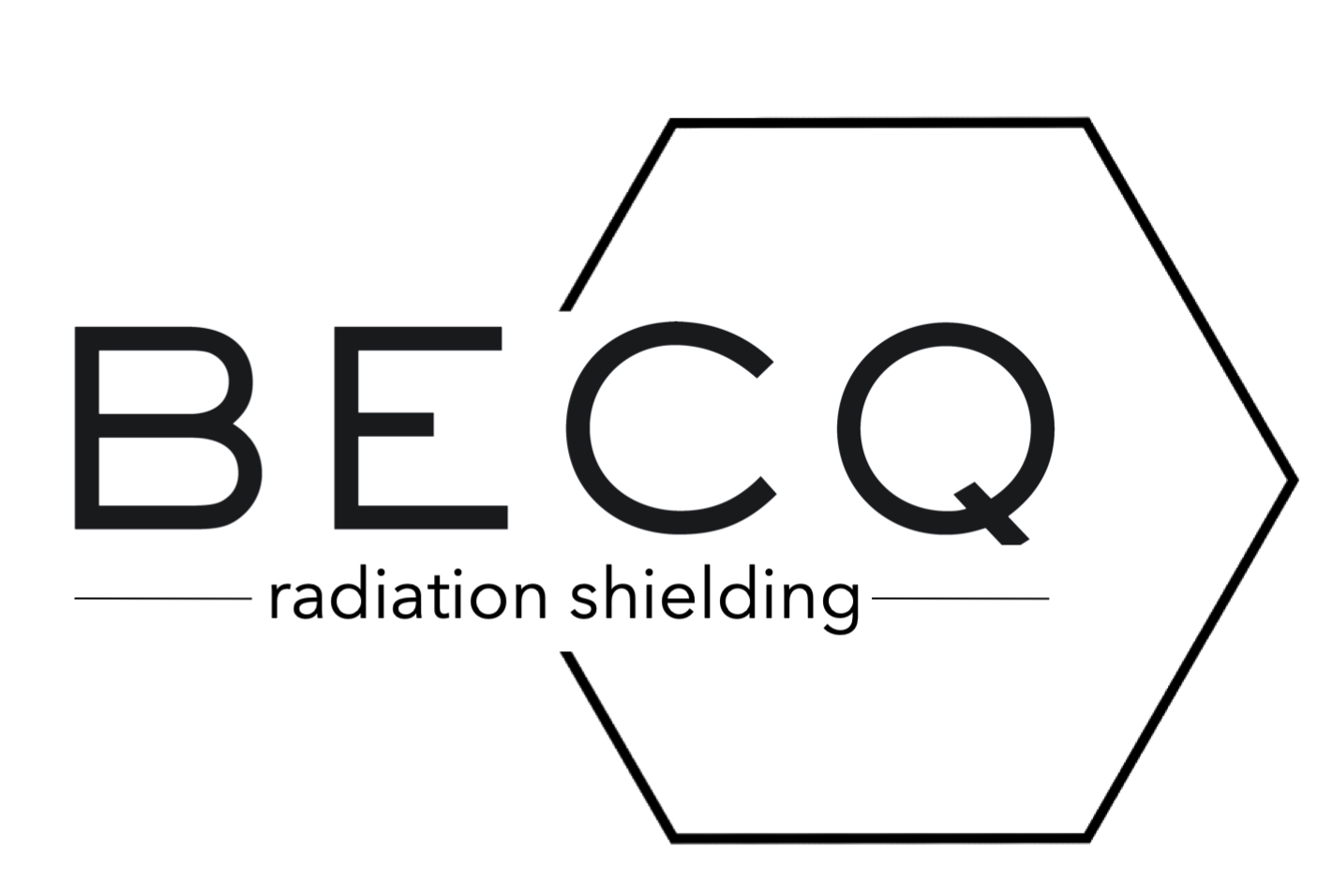
Renee Carder
Bio:PixelEXX Systems is revolutionizing the future of imaging by enabling you to capture, analyze, and interpret the world around us with remarkable detail. With visual data accounting for 90% of the…

Renee Carder
PixelEXX Systems, Co-founder & Vice President
Bio:
PixelEXX Systems is revolutionizing the future of imaging by enabling you to capture, analyze, and interpret the world around us with remarkable detail. With visual data accounting for 90% of the information we process—at a rate 60,000 times faster than text—accurate and efficient visual analysis is crucial across all industries. From self-driving cars and drones to medical imaging devices and robotics, our cutting-edge technology is integrated into a wide range of applications. PixelEXX leverages nano-sized pixels to capture more light, providing high-performance image sensors and cameras that offer superior resolution, enhanced sensitivity and dynamic range, and vibrant color—all in an unprecedented form factor.
Renee, a visual neuroscientist, brings extensive expertise in designing and analyzing imaging-based experiments to extract complex information. She holds a PhD in Neurobiology, Anatomy and Cell Science, and Neuroscience from the University of Pittsburgh Medical School.

Project Abstract:
Photon detection is pivotal for both fundamental and applied sciences, impacting areas such as light/laser detection, photography, astronomy, quantum information science, medical imaging, microscopy, and communications. The performance of photon detectors varies based on three key factors: noise characteristics, which limit the minimum signal intensity that can be observed; saturation characteristics, which determine the maximum signal intensity that can be observed; and geometric, absorption, and signal conversion characteristics, which affect how much of the incident signal can be measured.
Our company is developing a new class of solid-state photomultipliers that leverage optical resonances in semiconductor materials to enhance light absorption and detection. These advanced sensors use internal avalanche multiplication to generate large output signals, significantly improving photon detection and counting with high resolution and single-photon sensitivity. Initial applications focus on devices used with scintillation detectors, which are crucial for detecting radiation in industrial, defense, medical, and basic research fields.
Bio:
PixelEXX Systems is revolutionizing the future of imaging by enabling you to capture, analyze, and interpret the world around us with remarkable detail. With visual data accounting for 90% of the information we process—at a rate 60,000 times faster than text—accurate and efficient visual analysis is crucial across all industries. From self-driving cars and drones to medical imaging devices and robotics, our cutting-edge technology is integrated into a wide range of applications. PixelEXX leverages nano-sized pixels to capture more light, providing high-performance image sensors and cameras that offer superior resolution, enhanced sensitivity and dynamic range, and vibrant color—all in an unprecedented form factor.
Renee, a visual neuroscientist, brings extensive expertise in designing and analyzing imaging-based experiments to extract complex information. She holds a PhD in Neurobiology, Anatomy and Cell Science, and Neuroscience from the University of Pittsburgh Medical School.

Project Abstract:
Photon detection is pivotal for both fundamental and applied sciences, impacting areas such as light/laser detection, photography, astronomy, quantum information science, medical imaging, microscopy, and communications. The performance of photon detectors varies based on three key factors: noise characteristics, which limit the minimum signal intensity that can be observed; saturation characteristics, which determine the maximum signal intensity that can be observed; and geometric, absorption, and signal conversion characteristics, which affect how much of the incident signal can be measured.
Our company is developing a new class of solid-state photomultipliers that leverage optical resonances in semiconductor materials to enhance light absorption and detection. These advanced sensors use internal avalanche multiplication to generate large output signals, significantly improving photon detection and counting with high resolution and single-photon sensitivity. Initial applications focus on devices used with scintillation detectors, which are crucial for detecting radiation in industrial, defense, medical, and basic research fields.

Danielle Castley
Bio:Danielle Castley is now the President of Pelican Energy Partners, where she leads efforts in advancing energy solutions. Previously, Danielle was focused on developing a high-temperature,…

Danielle Castley
Becq, Founder & CEO
Bio:
Danielle Castley is now the President of Pelican Energy Partners, where she leads efforts in advancing energy solutions. Previously, Danielle was focused on developing a high-temperature, lightweight neutron-shielding technology designed to reduce costs and enhance safety in the nuclear industry. Her technology operates at a higher temperature than existing polymer-based neutron-shielding products, offering resistance up to 300°C compared to the typical 180°C. This advancement opens up significant opportunities for deploying neutron shielding materials in higher-temperature locations within reactor containment and improves safety margins in applications designed for lower temperature shielding. Danielle holds a PhD in Materials Science and Engineering from Dartmouth College and is the founder of Becq.

Project Abstract:
Becq is revolutionizing radiation shielding materials with innovative technology designed to enhance safety and reduce costs in the nuclear industry. Specializing in neutron shielding technology, Becq addresses a market where innovation has been stagnant for decades. The company’s flagship product, NE-300, is a lightweight, high-temperature neutron shielding material. NE-300 offers a significant advancement over existing materials with its resistance to temperatures of up to 300°C, compared to the standard 180°C. This enhanced temperature tolerance enables the deployment of neutron shielding in higher-temperature locations within reactor containment and improves safety margins in applications initially designed for lower temperature shielding.
While NE-300 already met and exceeded many nuclear industry requirements, the Innovation Crossroads program at Oak Ridge National Laboratory provided Becq with the opportunity to conduct further development and validation needed for long-term use and commercialization.
Becq aimed to lead the $1 billion international neutron shielding market within the next decade, establishing itself as the dominant supplier to the commercial nuclear industry while expanding into defense and space markets. The company’s long-term vision was to become the largest radiation shielding provider and a major materials supplier globally.
Bio:
Danielle Castley is now the President of Pelican Energy Partners, where she leads efforts in advancing energy solutions. Previously, Danielle was focused on developing a high-temperature, lightweight neutron-shielding technology designed to reduce costs and enhance safety in the nuclear industry. Her technology operates at a higher temperature than existing polymer-based neutron-shielding products, offering resistance up to 300°C compared to the typical 180°C. This advancement opens up significant opportunities for deploying neutron shielding materials in higher-temperature locations within reactor containment and improves safety margins in applications designed for lower temperature shielding. Danielle holds a PhD in Materials Science and Engineering from Dartmouth College and is the founder of Becq.

Project Abstract:
Becq is revolutionizing radiation shielding materials with innovative technology designed to enhance safety and reduce costs in the nuclear industry. Specializing in neutron shielding technology, Becq addresses a market where innovation has been stagnant for decades. The company’s flagship product, NE-300, is a lightweight, high-temperature neutron shielding material. NE-300 offers a significant advancement over existing materials with its resistance to temperatures of up to 300°C, compared to the standard 180°C. This enhanced temperature tolerance enables the deployment of neutron shielding in higher-temperature locations within reactor containment and improves safety margins in applications initially designed for lower temperature shielding.
While NE-300 already met and exceeded many nuclear industry requirements, the Innovation Crossroads program at Oak Ridge National Laboratory provided Becq with the opportunity to conduct further development and validation needed for long-term use and commercialization.
Becq aimed to lead the $1 billion international neutron shielding market within the next decade, establishing itself as the dominant supplier to the commercial nuclear industry while expanding into defense and space markets. The company’s long-term vision was to become the largest radiation shielding provider and a major materials supplier globally.

Joe Fortenbaugh
Actinic, LLC
Bio:Joe Fortenbaugh is now a AAAS Science & Technology Policy Fellow at the US Department of Defense. Previously, while participating in the Innovation Crossroads program, Joe focused on…

Joe Fortenbaugh
Actinic, Co-founder & CEO
Bio:
Joe Fortenbaugh is now a AAAS Science & Technology Policy Fellow at the US Department of Defense. Previously, while participating in the Innovation Crossroads program, Joe focused on designing, developing, and testing formulations of thermally cured thermosets. His work aimed to enable rapid, on-demand curing of a variety of thermally cured thermoset polymers using photothermal heating. Joe’s goal was to develop silicone and epoxy resin formulations for use in additive manufacturing, incorporating fillers such as carbon fiber, ceramics, graphene, metals, and metal oxides. He holds a PhD in Chemistry from Penn State University.

Project Abstract:
Actinic specializes in advancing thermally cured thermosets for the 3D printing market. They reformulate commercially available materials and develop new formulations specifically designed for 3D printing applications. Their technology supports extremely rapid heating and cooling cycles (sub-microsecond), enabling efficient 3D printing of these advanced materials. Actinic is currently expanding its material portfolio and developing a custom-built 3D printing system. This innovation holds particular significance for the Department of Defense (DoD) and industrial applications, where on-site manufacturing can address critical challenges in prototyping, supply chain management, and logistics.
Bio:
Joe Fortenbaugh is now a AAAS Science & Technology Policy Fellow at the US Department of Defense. Previously, while participating in the Innovation Crossroads program, Joe focused on designing, developing, and testing formulations of thermally cured thermosets. His work aimed to enable rapid, on-demand curing of a variety of thermally cured thermoset polymers using photothermal heating. Joe’s goal was to develop silicone and epoxy resin formulations for use in additive manufacturing, incorporating fillers such as carbon fiber, ceramics, graphene, metals, and metal oxides. He holds a PhD in Chemistry from Penn State University.

Project Abstract:
Actinic specializes in advancing thermally cured thermosets for the 3D printing market. They reformulate commercially available materials and develop new formulations specifically designed for 3D printing applications. Their technology supports extremely rapid heating and cooling cycles (sub-microsecond), enabling efficient 3D printing of these advanced materials. Actinic is currently expanding its material portfolio and developing a custom-built 3D printing system. This innovation holds particular significance for the Department of Defense (DoD) and industrial applications, where on-site manufacturing can address critical challenges in prototyping, supply chain management, and logistics.

Thomas Foulkes
AquaQuant Laboratories Inc.
Bio:Thomas Foulkes is deploying the next generation of high-performance central processing units (CPUs) and graphics processing units (GPUs) to meet the power demands of elastic cloud computing, big…

Thomas Foulkes
AquaQuant Laboratories, Founder & CEO
Bio:
Thomas Foulkes is deploying the next generation of high-performance central processing units (CPUs) and graphics processing units (GPUs) to meet the power demands of elastic cloud computing, big data analytics, complex simulations, and artificial intelligence. His technology enhances computational density by using direct water immersion cooling across nanoengineered, durable, and scalable hierarchical porous coatings applied holistically to electronics. Foulkes holds a PhD in Electrical Engineering from the University of Illinois at Urbana-Champaign.

Project Abstract:
AquaQuant Laboratories Inc. is advancing the field of high-performance computation by commercializing scalable nanostructured surfaces designed to enhance both the speed (Gflops) and density (Gflops/m³) of computational systems through innovative two-phase, water immersion cooling.
Effective thermal management of electronics requires both nano- and macro-scale approaches. Thomas Foulkes, having conducted extensive research on advanced cooling techniques and electro-thermal co-design, has focused on increasing the power density of electric vehicle converters. In 2017, he founded AquaQuant Laboratories Inc. (AQL) to address the electro-thermal challenges facing next-generation data centers.
Bio:
Thomas Foulkes is deploying the next generation of high-performance central processing units (CPUs) and graphics processing units (GPUs) to meet the power demands of elastic cloud computing, big data analytics, complex simulations, and artificial intelligence. His technology enhances computational density by using direct water immersion cooling across nanoengineered, durable, and scalable hierarchical porous coatings applied holistically to electronics. Foulkes holds a PhD in Electrical Engineering from the University of Illinois at Urbana-Champaign.

Project Abstract:
AquaQuant Laboratories Inc. is advancing the field of high-performance computation by commercializing scalable nanostructured surfaces designed to enhance both the speed (Gflops) and density (Gflops/m³) of computational systems through innovative two-phase, water immersion cooling.
Effective thermal management of electronics requires both nano- and macro-scale approaches. Thomas Foulkes, having conducted extensive research on advanced cooling techniques and electro-thermal co-design, has focused on increasing the power density of electric vehicle converters. In 2017, he founded AquaQuant Laboratories Inc. (AQL) to address the electro-thermal challenges facing next-generation data centers.

Erica Grant
Quantal Security Inc.
Bio:Erica Grant holds a PhD in Quantum Computation from the University of Tennessee, Knoxville, and a BS in Physics from Virginia Tech. At Virginia Tech, she was an active leader in a service…

Erica Grant
Quantal Security, Founder & CEO
Bio:
Erica Grant holds a PhD in Quantum Computation from the University of Tennessee, Knoxville, and a BS in Physics from Virginia Tech. At Virginia Tech, she was an active leader in a service organization focused on safety and awareness education. This role exposed her to compelling stories and diverse perspectives. During her graduate studies, Erica developed an interest in the DefCon hacking conferences, where she discovered the vulnerabilities in various fields, including smart locks. Recognizing the potential of quantum information to enhance the security of connected devices, she saw an opportunity to apply her expertise to address these critical security challenges.

Project Abstract:
Quantal Security Inc. delivers a cutting-edge solution for safeguarding access to sensitive facilities with its patented hardware and software technology. Their system generates completely random and unpredictable digital keys, ensuring robust protection for a wide range of premises, including government buildings, manufacturing facilities, laboratories, hotels, and hospitals.
Quantal Security’s technology can seamlessly retrofit existing access control systems, offering flexibility whether adapting a specific area or implementing changes across an entire facility. Their innovative hardware features a sleek, modular design with an integrated charging cable and wall-mounting adhesive, making installation discreet and convenient in any environment.
Bio:
Erica Grant holds a PhD in Quantum Computation from the University of Tennessee, Knoxville, and a BS in Physics from Virginia Tech. At Virginia Tech, she was an active leader in a service organization focused on safety and awareness education. This role exposed her to compelling stories and diverse perspectives. During her graduate studies, Erica developed an interest in the DefCon hacking conferences, where she discovered the vulnerabilities in various fields, including smart locks. Recognizing the potential of quantum information to enhance the security of connected devices, she saw an opportunity to apply her expertise to address these critical security challenges.

Project Abstract:
Quantal Security Inc. delivers a cutting-edge solution for safeguarding access to sensitive facilities with its patented hardware and software technology. Their system generates completely random and unpredictable digital keys, ensuring robust protection for a wide range of premises, including government buildings, manufacturing facilities, laboratories, hotels, and hospitals.
Quantal Security’s technology can seamlessly retrofit existing access control systems, offering flexibility whether adapting a specific area or implementing changes across an entire facility. Their innovative hardware features a sleek, modular design with an integrated charging cable and wall-mounting adhesive, making installation discreet and convenient in any environment.

